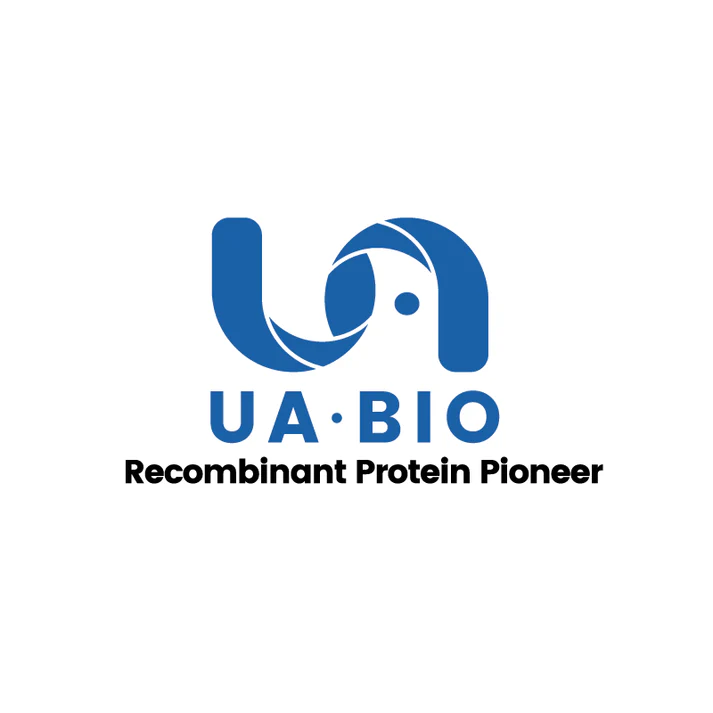Measured by its ability to induce alkaline phosphatase production by ATDC5 mouse chondrogenic cells. The EC50 for this effect is less than 2μg/mL.
Product Details
Product Details
Product Specification
| Species | Mouse |
| Synonyms | Growth/differentiation factor 5; GDF-5; Bone morphogenetic protein 14 (BMP-14); |
| Accession | P43027 |
| Amino Acid Sequence | Ala376-Arg495 |
| Expression System | E.coli |
| Molecular Weight | 15 kDa (Reducing) |
| Purity | >95% by SDS-PAGE. |
| Endotoxin | <0.1EU/μg |
| Conjugation | Unconjugated |
| Tag | No Tag |
| Physical Appearance | Lyophilized Powder |
| Storage Buffer | 50mM HAc, pH2.9 |
| Reconstitution | Reconstitute at 0.1-1 mg/ml according to the size in ultrapure water after rapid centrifugation. |
| Stability & Storage | · 12 months from date of receipt, lyophilized powder stored at -20 to -80℃. |
| Reference | Nature. 1994 Apr 14;368(6472):639-43. |
Background
Growth differentiation factor 5 (GDF-5), also known as bone morphogenetic protein 14 (BMP-14), is a member of the transforming growth factor beta (TGF-β) superfamily. It plays a crucial role in skeletal development and joint formation, as well as in the regulation of cell growth and differentiation. In mice, GDF-5/BMP-14 is essential for the proper development of bones, cartilage, and joints, and mutations in the GDF-5 gene have been associated with skeletal abnormalities and joint disorders. GDF-5/BMP-14 exerts its biological activities by binding to specific cell surface receptors and activating downstream signaling pathways that regulate gene expression and cellular functions involved in skeletal development and maintenance.
Picture
Picture
Bioactivity
SDS-PAGE
2μg (R: reducing condition, N: non-reducing condition).


